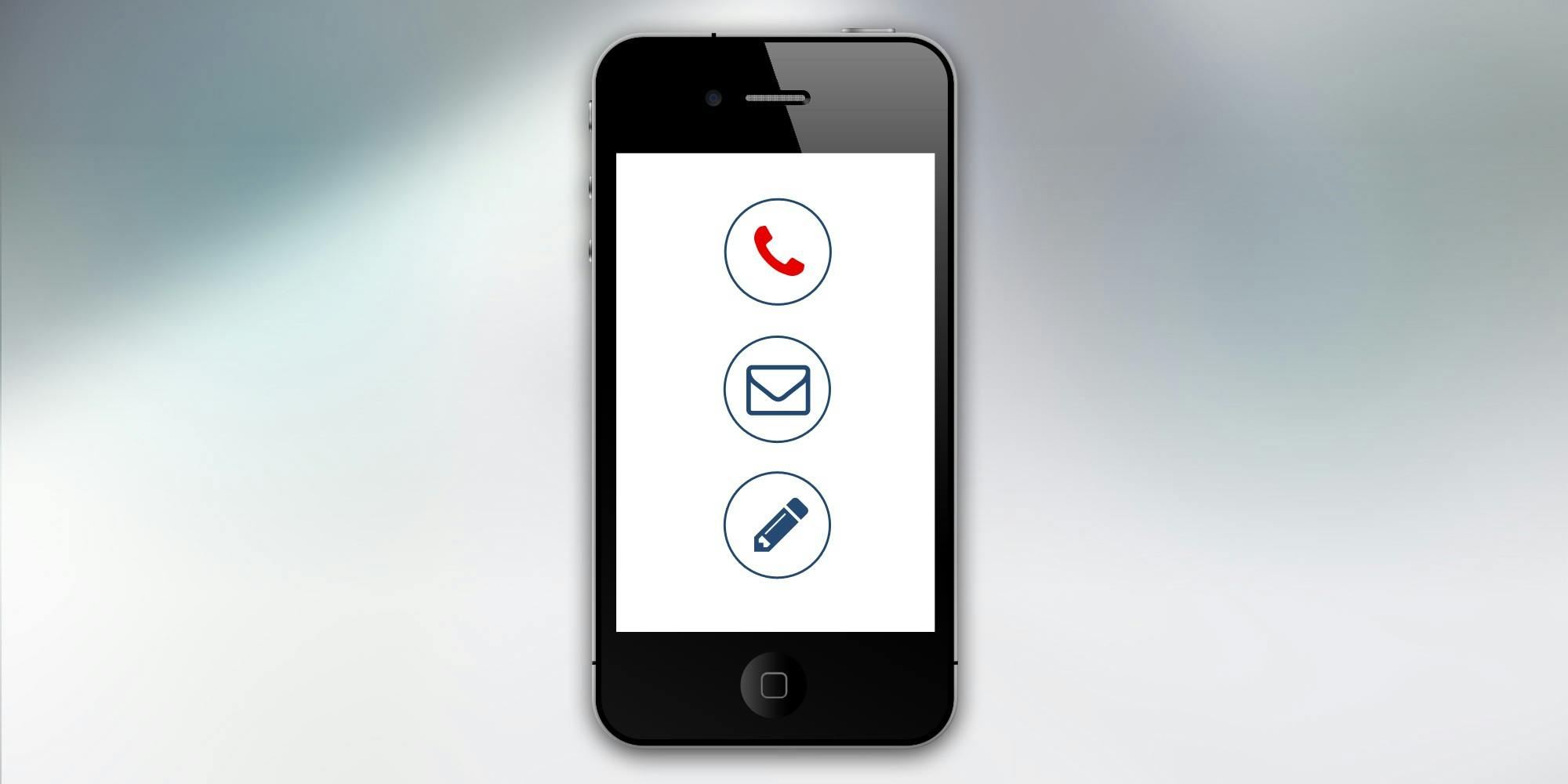Imagine opening an email and instead of scanning through another sales pitch, you find yourself spinning a virtual wheel, solving a puzzle, or hunting for hidden treasures. Your heart rate quickens, dopamine flows, and suddenly you’re not just reading marketing content—you’re playing, engaging, and having fun. This is the magic of email gamification, where the psychology of play transforms passive subscribers into active, enthusiastic brand advocates.

The Psychology of Play in Marketing
Humans are wired for play. From childhood games to adult challenges, we seek engagement, achievement, and reward. Gamification leverages powerful psychological triggers including our innate desire for achievement, recognition, and social connection. When applied to email marketing, these elements transform routine communications into compelling experiences.
The results speak volumes: gamified emails can boost conversion rates by 400%, while simply including the word “Game” in subject lines increases open rates by 25%. More importantly, gamification encourages repeat interactions, ensuring subscribers anticipate and engage with future emails.
Popular Gamification Elements
1. Spin-the-Wheel Campaigns
Roulettes are lotteries that allow users to win random bonuses—free shipping, gifts, or discount codes. These interactive wheels create excitement through the element of chance while providing immediate gratification.
2. Quiz and Personality Tests
Quizzes serve dual purposes: entertainment and data collection. Brands like Good Light use personality quizzes tied to TV shows, while Silk and Sonder creates “Is journaling right for you?” assessments that guide product recommendations.
3. Scratch Cards and Reveal Games
Digital scratch cards tap into the excitement of lottery tickets, allowing subscribers to “scratch” virtual surfaces to reveal prizes or offers underneath.
4. Word Games and Puzzles
Word games like crossword puzzles, Wordle, and word searches are easy to implement since they don’t require complex coding. BURGA’s word search emails demonstrate how simple games can increase engagement significantly.
5. Scavenger Hunts and Quests
Interactive treasure hunts, especially popular during holidays like Halloween and Easter, encourage exploration while building anticipation. Email Monks’ haunted castle scavenger hunt exemplifies creative storytelling through gamification.
Strategic Implementation Approaches
Occasion-Based Gamification
Reserve gamified emails for special occasions to maintain novelty and impact. Halloween and Easter are popular holidays for such campaigns, allowing brands to experiment with themed games that align with seasonal celebrations.
Product Launch Enhancement
Use games to build excitement around new product releases. Interactive teasers, countdown games, or exclusive access challenges create buzz while gathering valuable customer data.
Engagement Recovery
Deploy gamified emails to re-engage inactive subscribers. Interactive content can rekindle interest more effectively than traditional promotional messages.
Educational Gamification
Transform learning content into interactive experiences. Tutorials, onboarding sequences, and product education become more engaging when gamified.
Best Practices for Email Gamification
Visual Excellence
Pay special attention to visuals—they make or break the first impression of your game. High-quality graphics, animations, and intuitive interfaces are essential for effective gamification.
Clear and Achievable Tasks
Ensure tasks are achievable and clear—you’re not making games to frustrate customers. Simple, intuitive interactions encourage participation while complex mechanics may deter engagement.
Immediate Rewards
Provide immediate rewards—subscribers won’t wait extended periods for contest results. Instant gratification maintains engagement momentum and encourages future participation.
Mobile Optimization
Ensure cross-platform optimization by testing games across devices and providing alternatives for users who may experience technical difficulties.
GIF Integration
Make the most out of GIFs to enhance game interactivity and visual appeal without requiring complex technical implementations.
Measuring Gamification Success
Track specific metrics that demonstrate gamification effectiveness:
- Engagement rates comparing gamified vs. traditional emails
- Time spent interacting with email content
- Click-through rates from game elements to landing pages
- Social sharing of gamified email content
- Conversion rates from game participants
- Repeat engagement with future campaigns
Common Gamification Pitfalls
Over-Complexity: Avoid creating games that are too complicated for email formats. Simple interactions often prove most effective.
Frequency Overload: Don’t gamify every email. Reserve interactive elements for strategic moments to maintain impact and novelty.
Technical Barriers: Ensure games work across email clients and devices, providing fallback options when necessary.
Irrelevant Gaming: Align game mechanics with brand values and campaign objectives rather than adding games arbitrarily.
Industry Applications
Retail and E-commerce: Product discovery games, seasonal promotions, and loyalty program challenges.
Education and Training: Interactive learning modules, progress tracking games, and achievement systems.
Healthcare: Wellness challenges, medication reminders, and health goal celebrations.
Financial Services: Savings challenges, financial literacy games, and milestone celebrations.
The Future of Email Gamification
Emerging trends point toward more sophisticated interactive experiences:
- AI-powered game personalization based on individual preferences
- Cross-channel gaming that spans email, social media, and websites
- Real-time multiplayer elements creating community experiences
- Augmented reality integration for more immersive interactions
Conclusion
Gamification transforms email marketing from one-way communication into two-way play. When subscribers become participants, engagement deepens, loyalty strengthens, and marketing messages evolve into anticipated experiences. The brands mastering email gamification aren’t just sending messages—they’re creating moments of joy, discovery, and connection that subscribers eagerly await. In a world where attention is the ultimate currency, playful interactions prove that the best marketing doesn’t feel like marketing at all.

